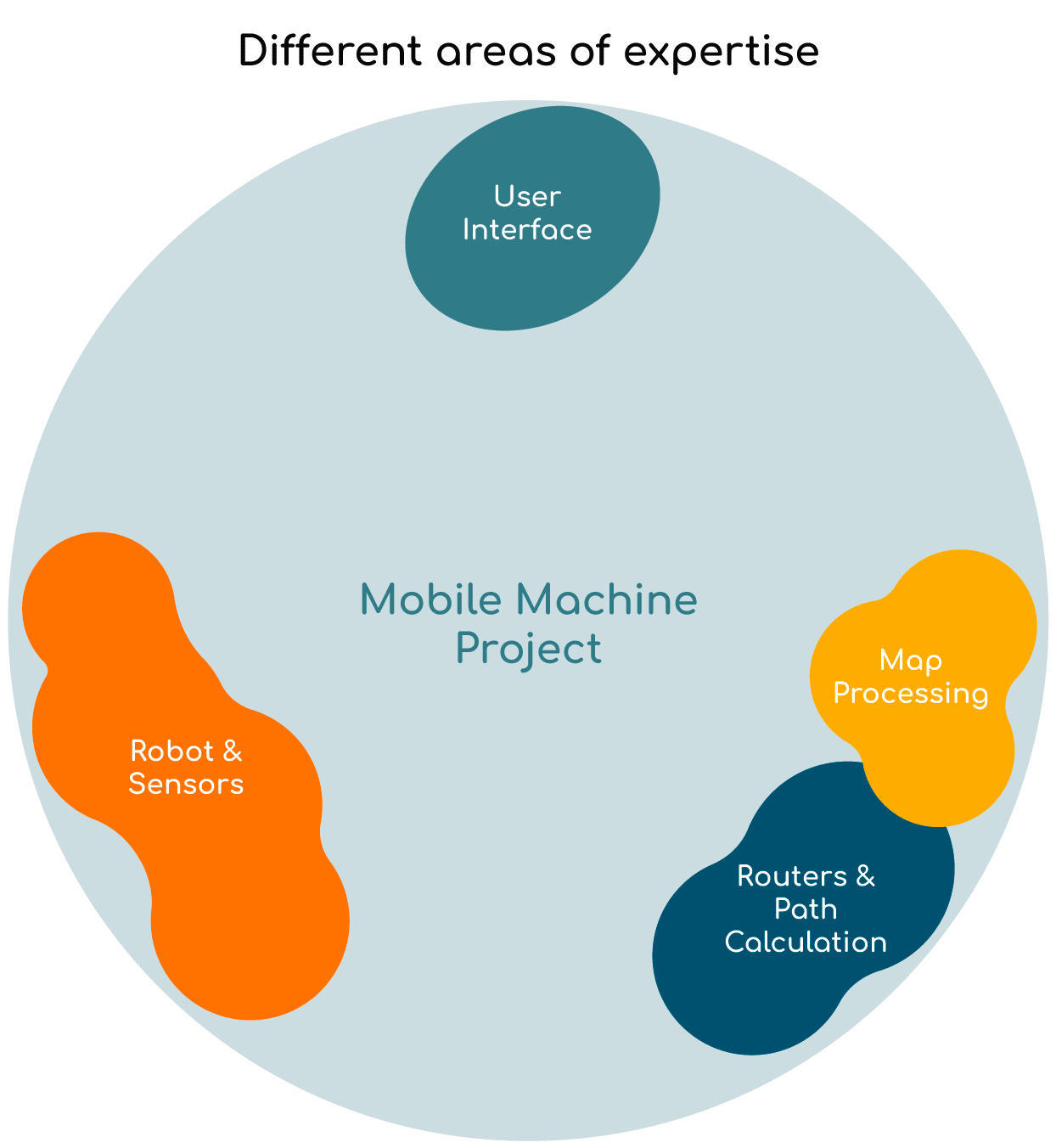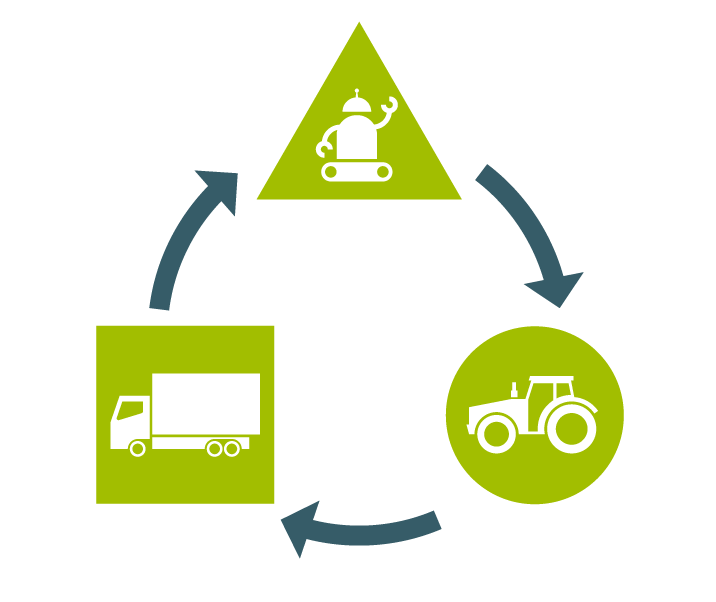Building applications in autonomous driving is a multidisciplinary challenge. helyOS® helps to close the gaps between the different areas of expertise typically present in a mobile machine project. The framework provides guidelines for building resilient and maintainable applications, while its core software, the helyOS® core, functions as a gateway, offering seamless interaction between automated facility's agents, applications and the cloud services.
With the helyOS® framework, you can accelerate the development of automation projects in warehouse, smart farming, or yard automation.





